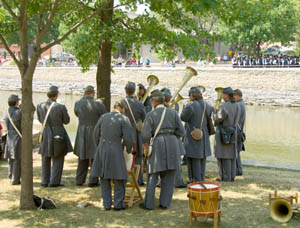Ursula Menzel (1939-2006)
By chance Ursula Menzel came in contact with brass instruments, but then quickly sought formal training. In the late 1950s she gained some experience in this field while assisting in a brass instrument workshop in Hamburg. There, she realized that music and the crafts could be combined perfectly in this profession. Born in Prague and raised in Munich, Ursula Menzel spent her last school years in Hamburg, where she then started her training as a brass instrument maker. After receiving her diploma, she went on a cruise to Argentina, visiting relatives. The planned four-week trip turned into a two-year adventure, during which Ursula Menzel discovered a love for the country and the language which she kept for a lifetime.










